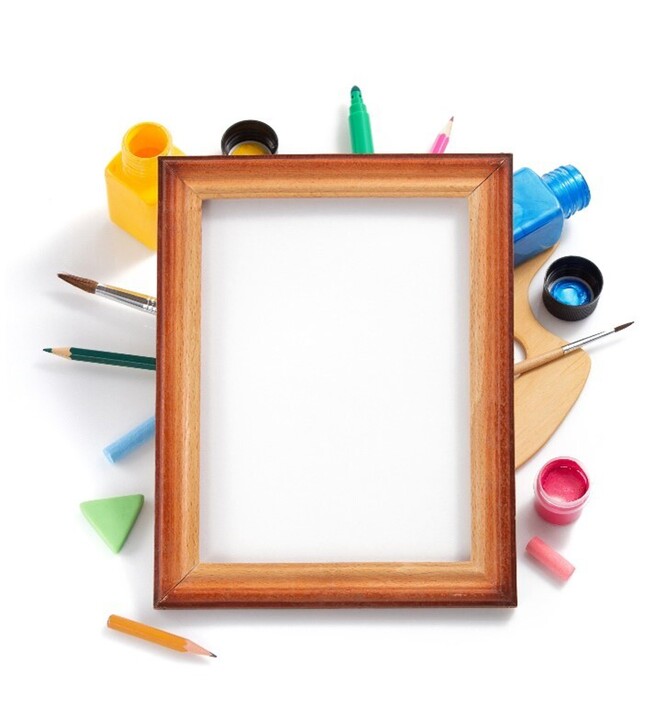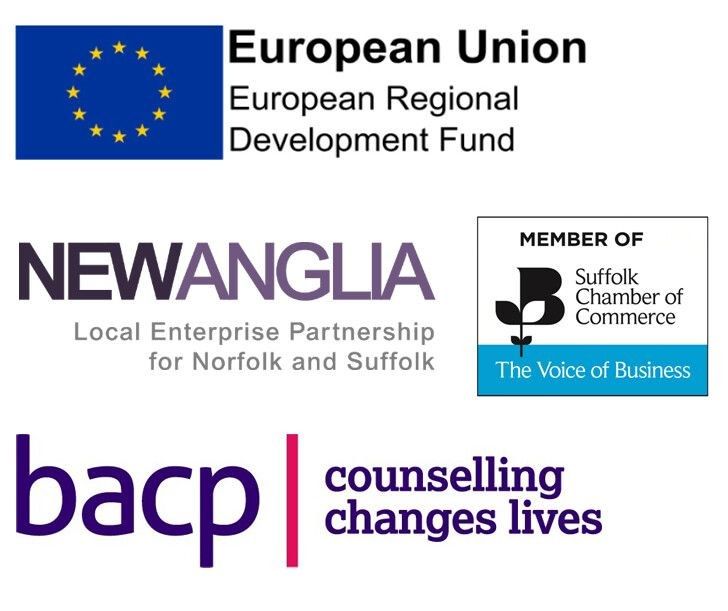You may or may not know but on the 6th of July its Children’s art day, so it felt like it was a good idea to think about the importance of art in the recovery process for many.
Art has long been recognised as a powerful tool for expression and communication.
Whether it’s through painting, drawing, sculpture, or any other medium, art allows people to process and express difficult emotions in a way that words often cannot. This can be especially beneficial for those who are struggling with mental health issues or who have experienced trauma.
One of the key benefits of art is that it can provide a safe and non-judgmental space for people to express themselves. For some individuals, expressing difficult emotions through words can be overwhelming or triggering. However, with art, there is more freedom to explore and express emotions in a way that feels safe and manageable.
This can be especially helpful for those who have experienced trauma, as art can provide a way to process and make sense of traumatic experiences without having to relive them in a verbal or written form.
Art can also provide a sense of control and empowerment for individuals who may feel like they have lost control over their emotions or their lives. When creating art, individuals can take control of their emotions and use them to create something that is unique and meaningful to them. This can help to build a sense of self-awareness, self-esteem and self- empowerment.
Furthermore, art can also be a powerful tool for healing and self-discovery. It can help individuals to connect with and understand their emotions in a deeper way. Additionally, art has been found to be helpful in reducing symptoms of anxiety and depression.
Art therapy is a valuable and effective tool in mental health treatment. At times, parents and caregivers may question the true benefits of incorporating arts and crafts into therapy sessions, perceiving it as mere play.
However, counsellors who utilise art forms within the therapeutic setting can delve into the inner worlds of patients who struggle with verbal and written communication.
Whether it’s creating their own work, or selecting an image to express something that relates to them, this approach provides an alternative means of expression, enabling exploration of thoughts and emotions.
Moreover, art therapy serves as a practical method to cultivate a strong therapeutic relationship with patients. This connection is pivotal for promoting effective engagement in the therapeutic process. Through the expressive nature of art, a patient can create visual representations that offer the counsellor insights into their experiences and inner world.
This collaborative and insightful process enhances the counsellor’s understanding of the individual’s circumstances, facilitating meaningful and impactful therapeutic work.
In conclusion, art is an important tool for helping people process difficult emotions.
It provides a safe and non-judgmental space for expression, can provide a sense of control and empowerment, and can be used as a tool for healing and self-discovery. If you are struggling with difficult emotions and are looking for a way to express them, consider trying art as a form of self-expression.
It’s important to note that while art can be a powerful tool, it’s not a substitute for professional help. If you’re experiencing difficulty with your mental health, it’s important to speak with a qualified and accredited therapist or other mental health professional. They can help you work through your emotions and develop a plan for managing them in a healthy way.


